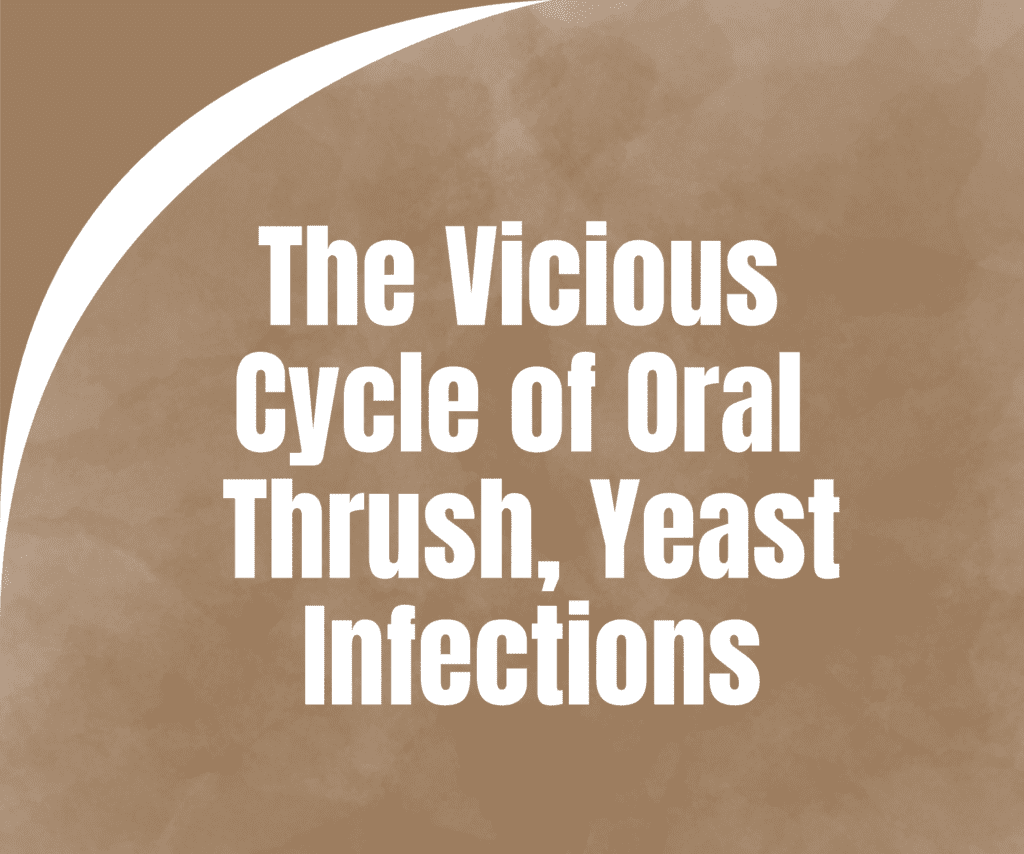
For years, I’ve been trapped in a brutal cycle of oral thrush (Candida overgrowth) and systemic yeast infections, leading to unbearable throat inflammation, dehydration, and eventually, full-blown lupus flares. The root cause? Prednisone—my lifeline for managing lupus—ironically weakens my immune system, allowing Candida (yeast) to take over. And the only solution? Antifungal medications, which come with their own risks, including drug resistance.
This is my story—and a deep dive into why Candida thrush happens, how prednisone worsens it, and the dangers of relying too much on antifungals.
What Is Candida Thrush—And Where Does It Come From?
1. Candida: A Normally Harmless Fungus That Turns Destructive
- Candida albicans is a type of yeast that naturally lives in small amounts in the mouth, gut, and skin.
- In healthy people, good bacteria and a strong immune system keep it in check.
2. What Causes Candida to Overgrow?
When the body’s natural balance is disrupted, Candida multiplies out of control, leading to thrush (oral yeast infection). Common triggers include:






3. Why Does Thrush Keep Coming Back for Me?
Because prednisone suppresses my immune system, my body can’t fight Candida effectively. Every time I take high-dose steroids for a lupus flare, I create the perfect environment for yeast to explode.
The Horrifying Cycle: How Thrush Triggers a Downward Spiral
1. Oral Thrush & Yeast Infections Take Over
- White, painful patches coat the tongue, gums, and throat.
- Burning, raw inflammation makes swallowing saliva agonizing, let alone food.
- Extreme dryness and cracking at the corners of the mouth make speaking painful.
2. Inability to Eat or Drink Leads to Dehydration & Weakness
- Swallowing becomes so painful that I avoid eating, leading to malnutrition.
- Even drinking water feels like swallowing glass, causing severe dehydration.
- Dizziness, fatigue, and weakness set in as my body shuts down.
3. Natural Remedies Aren’t Enough
Desperate, I tried:
- Lemon water (too acidic, worsening throat irritation)
- Apple cider vinegar (ACV) in water & food (temporary relief, but not strong enough)
- ACV gummies (helpful, but not for severe thrush)
4. Emergency Room Visits & Full-Blown Lupus Flares
When the thrush becomes unbearable, my body goes into shock—leading to:
- Severe dehydration (requiring IV fluids)
- Lupus flare triggered by stress and malnutrition
- Higher doses of prednisone to control inflammation… which then worsens the thrush again.
And the cycle repeats endlessly.
The Prednisone Problem: A Double-Edged Sword
How Prednisone Worsens Thrush
Prednisone is a corticosteroid that:

But it also:


Every time I needed prednisone for a lupus flare, I’d end up with another raging yeast infection.
The Antifungal Dilemma: Resistance Risks & Side Effects
How Antifungals Work
Medications like fluconazole, nystatin, and clotrimazole kill yeast by:
- Breaking down fungal cell walls
- Stopping Candida from multiplying
The Danger of Overusing Antifungals
- Yeast can become resistant, making medications less effective over time.
- Liver toxicity (especially with long-term fluconazole use).
- Disruption of gut microbiome, leading to more infections.
I’ve had to take antifungals so often that I worry my body will eventually stop responding to them.
Breaking the Cycle: What’s the Solution?
1. Preventative Antifungal Therapy
- Low-dose antifungals during high prednisone use.
- Probiotics (Saccharomyces boulardii, Lactobacillus) to restore balance.
2. Immune Support
- Vitamin D, zinc, and selenium to strengthen immunity.
- Reducing sugar intake to starve yeast.
3. Alternative Treatments
- Gentle mouth rinses (baking soda + saltwater).
- Coconut oil pulling (natural antifungal).
4. Working with Doctors to Adjust Prednisone
- Lower doses when possible.
- Exploring steroid-sparing lupus treatments (like biologics).
Final Thoughts: Can This Cycle Be Broken?
This battle is exhausting, but understanding where Candida comes from, why prednisone fuels it, and how antifungals can fail is the first step toward breaking free.
If you’re stuck in this cycle:


Have you dealt with recurrent thrush? What helped you? Share your story below.

